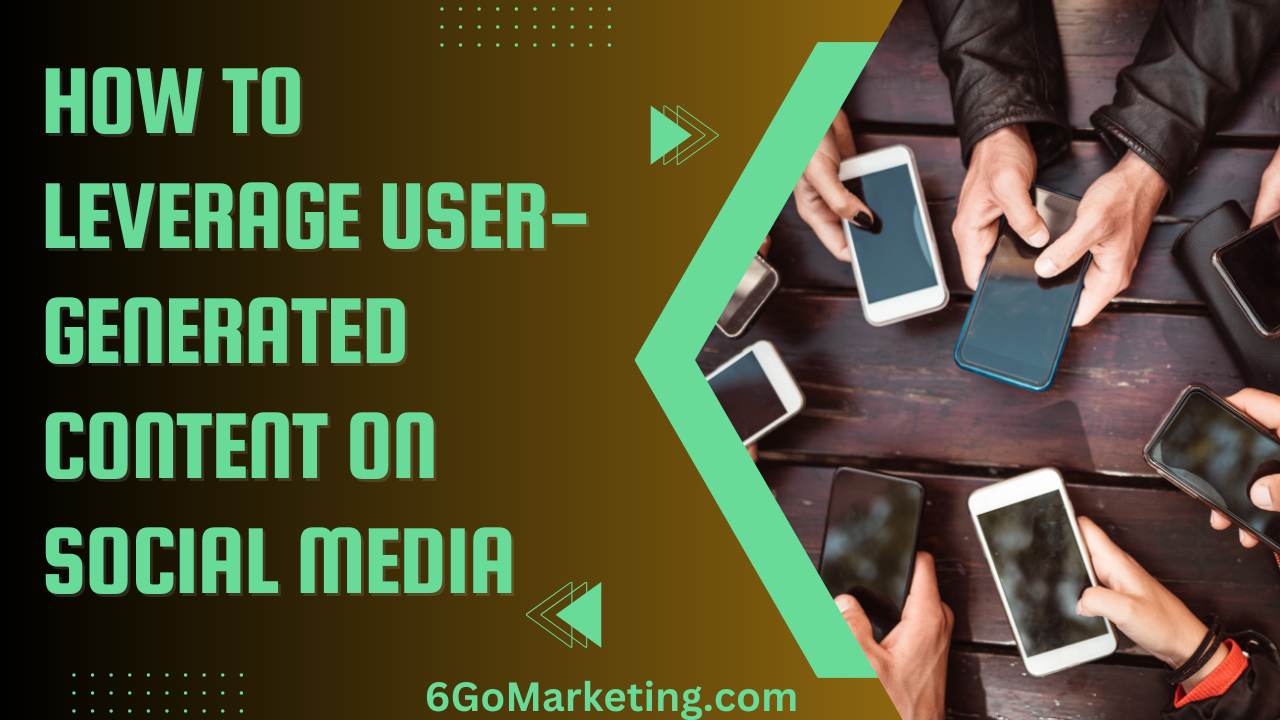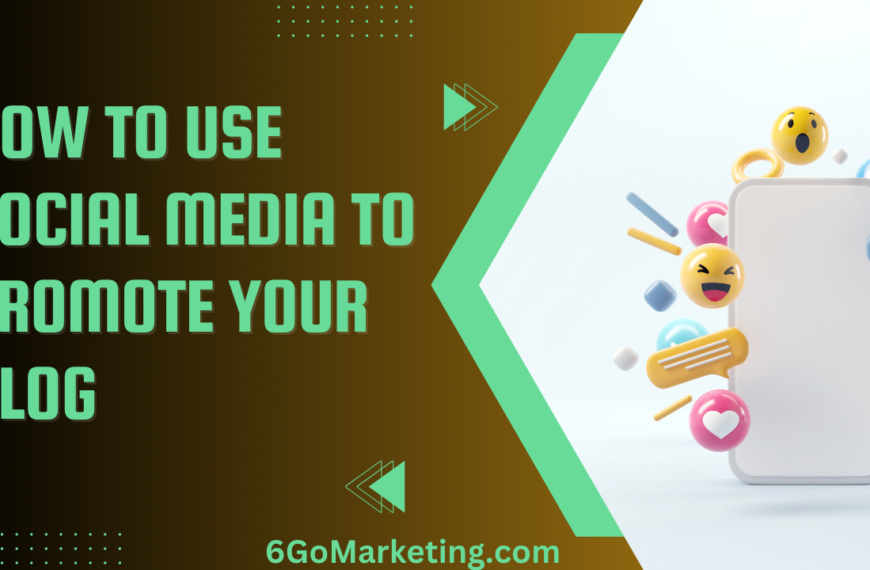User-generated content (UGC) has become a powerful tool in the world of social media marketing. UGC refers to any form of content—such as images, videos, text, and reviews—created by users rather than brands. Leveraging UGC allows businesses to build trust, engage with their audience, and create a sense of community. In this blog post, we’ll explore the various ways you can effectively use UGC to enhance your social media strategy, including best practices, examples, and actionable tips.
Understanding the Value of User-Generated Content
Before diving into the tactics for leveraging UGC, it’s important to understand why it’s so valuable. UGC offers several benefits that can significantly impact your brand’s presence on social media:
1. Authenticity and Trust
UGC is perceived as more authentic than branded content because it comes directly from customers. According to a study by Stackla, 79% of people say that UGC highly impacts their purchasing decisions, and 90% of consumers say authenticity is important when deciding which brands they like and support.
2. Engagement and Community Building
When users see content created by people like them, they are more likely to engage. UGC fosters a sense of community by encouraging customers to share their experiences, which can lead to increased loyalty and brand advocacy.
3. Cost-Effective Content Creation
Creating content can be time-consuming and expensive. UGC provides a steady stream of fresh content that you can use across your social media channels without the need for extensive resources.
4. Social Proof
UGC serves as social proof, showing potential customers that others have had positive experiences with your brand. This can be especially influential in convincing new customers to make a purchase.
Here’s a table that compares the effectiveness of UGC versus branded content:
| Metric | User-Generated Content | Branded Content |
|---|---|---|
| Perceived Authenticity | High | Medium |
| Engagement Rate | 6.9% | 3.8% |
| Trustworthiness | High | Medium |
| Cost of Creation | Low | High |
Types of User-Generated Content
UGC comes in many forms, and understanding the different types can help you decide how best to leverage it for your brand. Here are some of the most common types:
1. Customer Reviews and Testimonials
Customer reviews and testimonials are powerful forms of UGC that provide social proof and build credibility. Highlighting positive reviews on your social media platforms can help influence potential customers.
2. Images and Videos
Visual content is king on social media. Encourage your customers to share photos and videos of themselves using your products. You can repost this content on your brand’s social media pages to showcase real-life use cases.
3. Social Media Mentions and Hashtags
When users mention your brand or use a branded hashtag, they create content that you can leverage. Tracking these mentions and hashtags allows you to curate UGC that aligns with your brand’s messaging.
4. Unboxing and Haul Videos
Unboxing videos and product hauls are popular on platforms like YouTube and Instagram. These types of UGC allow potential customers to see your products in action, often leading to increased interest and sales.
5. Contests and Challenges
Running a contest or challenge that encourages users to create content is an effective way to generate UGC. For example, you could ask users to post a photo with your product for a chance to win a prize.
Strategies for Leveraging User-Generated Content
Now that we’ve covered the types of UGC, let’s explore how you can effectively leverage it on social media to achieve your marketing goals.
1. Create a Branded Hashtag
One of the simplest ways to encourage UGC is by creating a branded hashtag. A branded hashtag provides a central place for your audience to share their content and allows you to easily track and curate posts.
Example: Coca-Cola’s #ShareACoke campaign encouraged customers to share photos of personalized Coke bottles on social media. The campaign generated millions of UGC posts, significantly boosting brand visibility.
Tips for Creating a Branded Hashtag:
- Make it unique and memorable.
- Keep it short and easy to spell.
- Ensure it’s relevant to your brand or campaign.
2. Host Contests and Giveaways
Contests and giveaways are excellent for generating a large volume of UGC in a short period. By offering an incentive, you can motivate your audience to create and share content featuring your brand.
Example: GoPro often runs contests encouraging users to share their best adventure videos for a chance to win gear or be featured on their official channels. This approach not only generates UGC but also strengthens GoPro’s brand identity.
Tips for Running a Successful UGC Contest:
- Clearly define the rules and criteria for entry.
- Promote the contest across multiple channels.
- Feature the best entries on your social media pages.
3. Feature Customer Stories
Telling customer stories is a powerful way to connect with your audience on an emotional level. By sharing real-life experiences from your customers, you can humanize your brand and build deeper connections.
Example: Airbnb regularly shares stories from hosts and guests on its social media platforms. These stories highlight unique experiences and showcase the diversity of Airbnb’s community.
How to Feature Customer Stories:
- Interview your customers or ask them to share their stories.
- Use a mix of written content, photos, and videos.
- Highlight how your product or service played a role in their story.
4. Curate and Share UGC Regularly
To keep your social media channels fresh and engaging, make it a habit to regularly curate and share UGC. This not only fills your content calendar but also encourages more users to create content in the hopes of being featured.
Example: Fashion brand ASOS created the #AsSeenOnMe hashtag, encouraging customers to share photos of themselves wearing ASOS clothing. ASOS regularly features these photos on its social media and website, providing inspiration to other shoppers.
Best Practices for Curating UGC:
- Always credit the original creator.
- Choose content that aligns with your brand’s aesthetic and messaging.
- Engage with the content by liking, commenting, and sharing.
5. Incorporate UGC into Your Advertising
UGC isn’t just for organic social media posts; it can also be a valuable asset in your paid advertising campaigns. Incorporating UGC into your ads can increase authenticity and improve ad performance.
Example: Clothing retailer H&M often uses customer photos in their social media ads. These ads showcase real people wearing H&M products, making the brand feel more relatable and trustworthy.
Tips for Using UGC in Ads:
- Obtain permission from the original creators before using their content.
- Test different UGC variations to see which resonates best with your audience.
- Highlight the diversity of your customer base by featuring a range of UGC.
Measuring the Impact of User-Generated Content
To understand the effectiveness of your UGC strategy, it’s important to track key metrics and analyze the results. Here are some metrics you should monitor:
- Engagement Rate: The level of interaction your UGC posts receive, including likes, comments, and shares.
- Reach and Impressions: How many people see your UGC posts.
- Conversions: The number of users who take action (e.g., making a purchase) after interacting with UGC.
- Brand Mentions: The number of times your brand is mentioned in UGC.
- Follower Growth: The increase in followers as a result of your UGC campaigns.
Consider this table that shows the potential impact of UGC on social media metrics:
| Metric | Before UGC Campaign | After UGC Campaign |
|---|---|---|
| Engagement Rate | 3.2% | 7.8% |
| Reach | 10,000 | 25,000 |
| Conversions | 150 | 320 |
| Brand Mentions | 50 | 200 |
| Follower Growth | 500 | 1,200 |
By regularly measuring these metrics, you can assess the success of your UGC initiatives and make data-driven decisions to optimize your strategy.
Overcoming Challenges with User-Generated Content
While UGC offers many benefits, it also comes with challenges. Here’s how to overcome some common obstacles:
1. Managing Quality Control
Not all UGC will meet your brand’s standards in terms of quality or appropriateness. To manage this, establish clear guidelines for the type of content you want to see, and actively curate the UGC you feature.
2. Handling Negative UGC
Negative UGC, such as critical reviews or complaints, can be damaging if not addressed properly. Respond to negative UGC professionally and use it as an opportunity to improve your products or services.
3. Legal and Copyright Issues
When using UGC, it’s important to obtain permission from the original creators and give proper credit. Additionally, be aware of copyright laws and ensure that the content is not infringing on any intellectual property rights.
Future Trends in User-Generated Content
As social media continues to evolve, so do the trends in user-generated content. Staying ahead of these trends can help you maximize the impact of your UGC campaigns.
1. Influencer Collaborations
While influencer marketing has been around for some time, collaborating with micro and nano-influencers—those with smaller but highly engaged followings—is becoming increasingly popular. These influencers can generate authentic UGC that resonates with niche audiences.
2. Interactive Content
Interactive content, such as polls, quizzes, and challenges, is gaining traction on social media. Encouraging your audience to participate in these activities can generate UGC that is not only engaging but also informative.
3. Short-Form Video
Platforms like TikTok and Instagram Reels have popularized short-form video content. Brands are increasingly encouraging users to create short videos featuring their products, which can be shared across social media channels.
4. Augmented Reality (AR) Filters
AR filters are becoming a popular way for brands to engage users on platforms like Instagram and Snapchat. By creating branded filters, you can encourage users to create and share UGC that features your products in a fun and interactive way.
Here’s a table that outlines emerging UGC trends and their potential impact:
| Trend | Description | Potential Impact |
|---|---|---|
| Influencer Collaborations | Partnering with micro-influencers for UGC | Increased authenticity |
| Interactive Content | Polls, quizzes, and challenges to engage users | Higher engagement |
| Short-Form Video | Encouraging users to create short video content | Enhanced brand visibility |
| AR Filters | Using augmented reality for interactive UGC | Innovative brand exposure |
Best Practices for Leveraging UGC
To ensure that your user-generated content strategy is effective, follow these best practices:
1. Engage with Your Community
Actively engage with users who create content for your brand. Like, comment, and share their posts to show appreciation. This not only strengthens your relationship with customers but also encourages others to create UGC.
2. Provide Clear Guidelines
To maintain consistency and quality, provide clear guidelines for the type of UGC you want to see. This could include specific hashtags, themes, or content formats. Clear guidelines help users understand what kind of content aligns with your brand.
3. Credit the Original Creators
Always give credit to the original creators when you share UGC. Tag them in your posts and include their handles in your captions. This recognition encourages others to participate and ensures that your brand is seen as respectful and appreciative.
4. Incorporate UGC Across All Channels
Don’t limit UGC to just one social media platform. Incorporate it across all your channels, including your website, email marketing, and even offline materials like brochures. This maximizes the reach and impact of the content.
5. Monitor and Analyze UGC Performance
Regularly monitor the performance of your UGC campaigns to see what’s working and what isn’t. Use analytics tools to track metrics like engagement, reach, and conversions. Analyzing this data will help you refine your strategy over time.
Conclusion
User-generated content is more than just a trend—it’s a powerful tool that can significantly enhance your brand’s social media presence. By leveraging the authenticity, engagement, and social proof that UGC provides, you can build stronger relationships with your audience, increase brand loyalty, and drive real business results.
Whether you’re running a UGC contest, sharing customer stories, or incorporating user content into your ads, the key is to stay authentic and engaged with your community. As you implement these strategies and best practices, you’ll find that UGC not only boosts your social media metrics but also fosters a deeper connection with your customers.
By staying ahead of trends, engaging with your community, and continually optimizing your approach, you can harness the full potential of user-generated content to create a thriving, engaged, and loyal customer base on social media.








